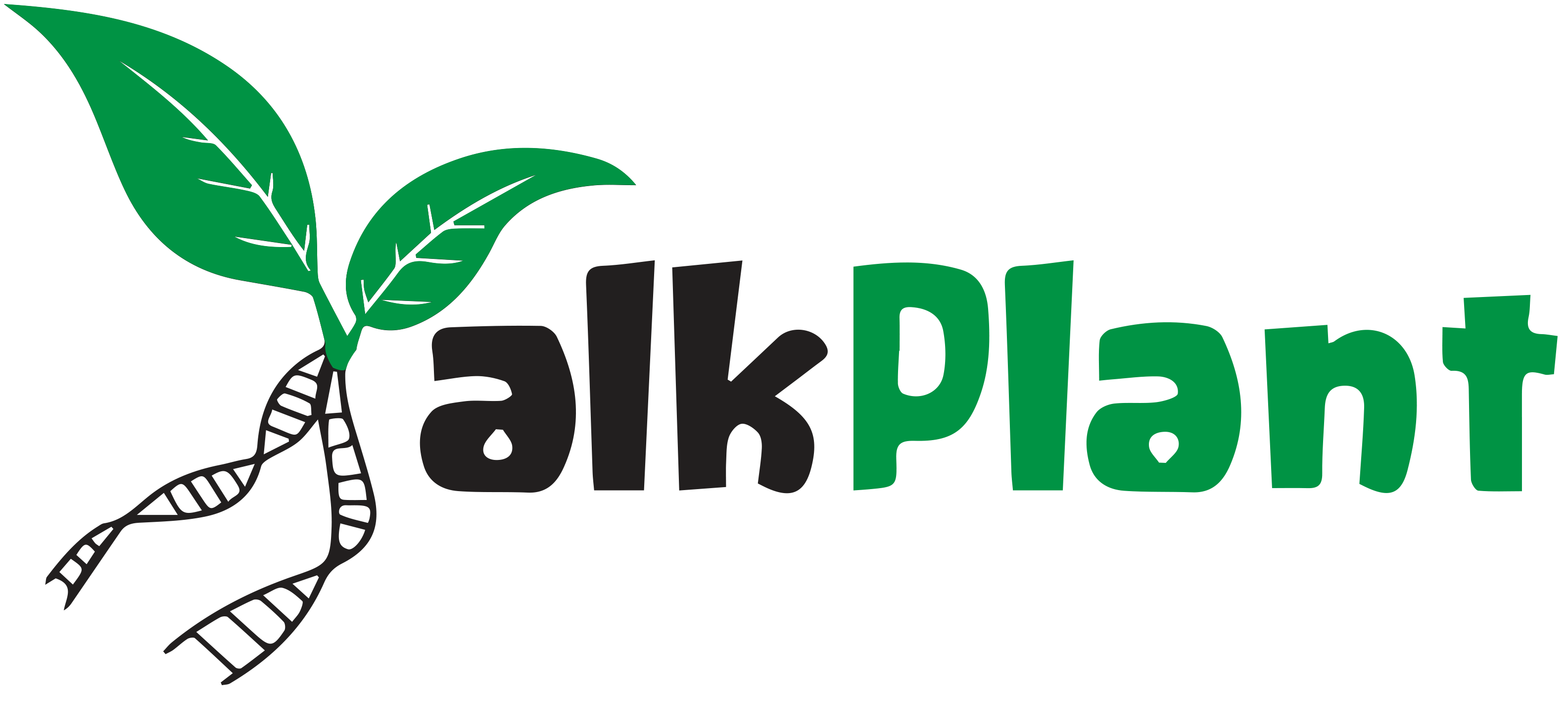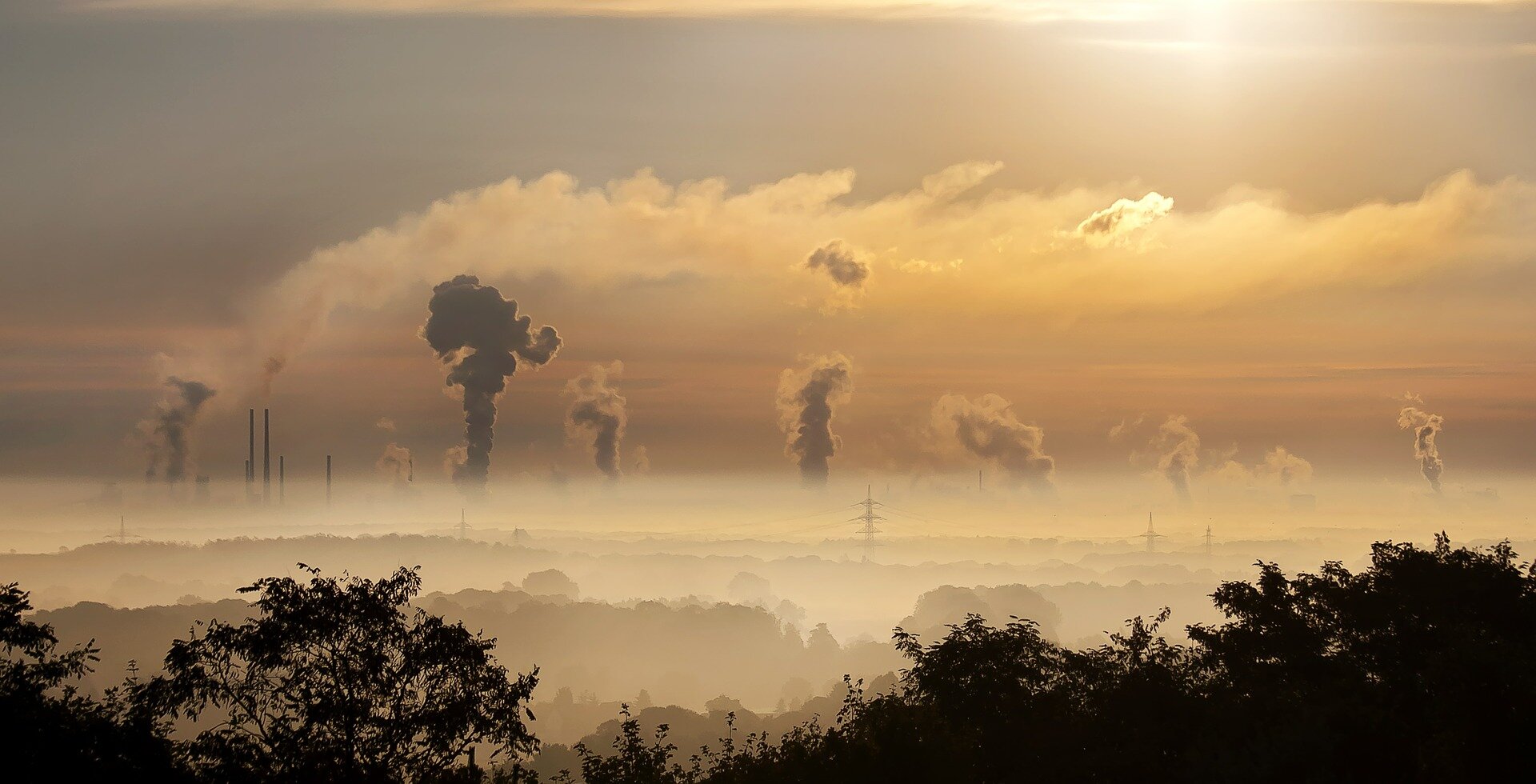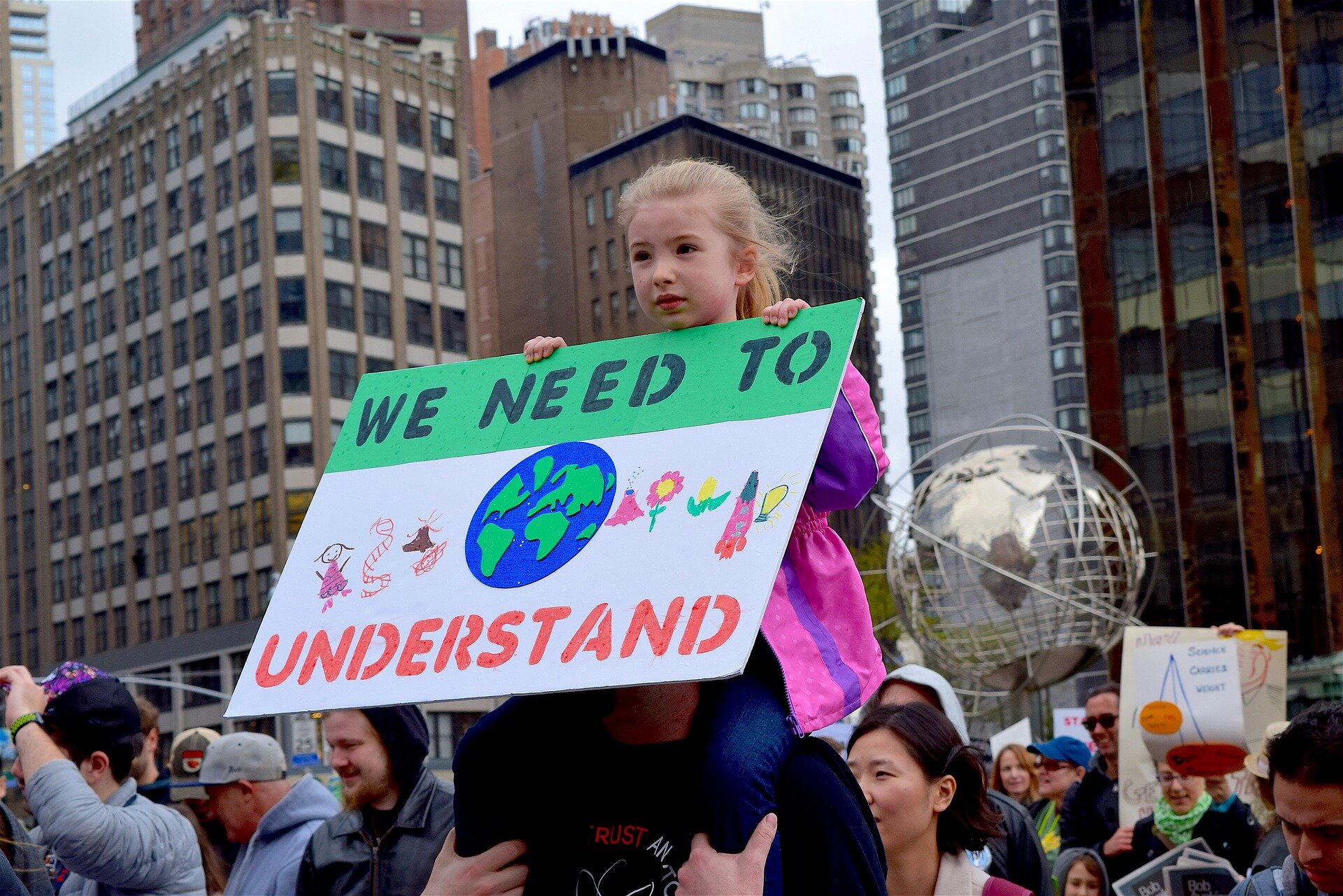What’s the first thing that comes to your mind when you hear the word “chemicals”?
A large majority of people immediately think of something negative when they hear this word. Extensive coverage of recent, such as chemical weapon attack, chemical pesticide and chemical poisoning hasn’t exactly portrayed chemicals in a good light either. Yes, some chemicals can be harmful to humans, animals and the environment but this isn’t true for all of them. In fact, there are many beneficial and interesting chemicals.
Chemicals are made up of substances or atoms. Almost all things in this world are chemicals. Molecules, compounds or elements are different forms of chemicals. From DNA that codes life to water that keeps us alive, and hormones that help our body function to medicines that save lives – chemicals are everywhere.
Life makers
Some chemicals are essential for life. DNA is possibly the most important of them all – it’s what makes life possible. DNA – short for deoxyribonucleic acid – is a small molecule that assembles to provide a genetic code. There are four different units of the DNA code: A (adenine), G (guanine), C (cytosine) and T (thymine). Compiling them in different combinations form codes, which becomes an instruction for the cell on how to assembly units of proteins together. You can think of it as a binary code (but with four codes) that instructs formation of all complex things alive.

The human body is full of chemicals. In fact, many metabolic processes that keep our body ticking involve series of chemical reactions – the good types! The chemical reactions in the cells require energy. A molecule called ATP (adenosine triphosphate) releases energy when it breaks down and this energy is used to carry out these vital reactions. Therefore, ATP is another molecule that is essential for life. Many describe this molecule as the “energy currency of the cell”. You can think of ATP as a cellular battery that powers the cell, organs and the body to carry out their function.
Lifestyle chemicals
Whether we want to survive or look good, we need chemicals. Cosmetics products are full of chemicals like aroma compounds that have an odour. These chemicals have properties that make them volatile (vaporise easily) in ambient temperature – that’s why a bottle of perfume dries out quickly if you leave the lid open. Other products that use aromatic chemicals include wines, fragrance oils and essential oils. Plants also produce these fragrant, volatile chemicals to attract bees and other insects for pollination and to dispense seeds.

Volatile compounds aren’t the only plant-produced chemicals used in cosmetics. Salicylic acid, an important plant hormone, is present in numerous cosmetic products. Plants produce this chemical as a defence response against pathogen attack. When pathogens invade plants and infect a region, they hijack resources and feed on cell nutrients. Salicylic acid kills the plant cells infected by pathogens effectively removing their nutrient resources. Cosmetic industries exploit this feature and use salicylic acid in skin-care products that remove the outer layer of the skin. Salicylic acid is a key composition in products to treat acne, warts, corns and other skin conditions.
Hydrogen peroxide is another volatile chemical that acts as an important signalling molecule in plants and in humans. Dilute hydrogen peroxide is commonly used to bleach human hair and in teeth whitening.
Lethal killers
Highly volatile property of hydrogen peroxide also makes it extremely dangerous. At high concentrations, even a slight movement can trigger an explosion. Unfortunately, hydrogen peroxide was a key ingredient of the explosives used in terrorist attacks in London that killed many.
Reports claim that a recent chemical attack in Syria contained poisonous chlorine gas. Traces of a potent neurotoxic chemical called sarin were also found to be used in the attack. Sarin, which is 20 times more toxic than cyanide, sends our neurones to overdrive and causes violent convulsion of vital organs resulting in death. It’s very difficult to detect because it’s colourless, odourless and tasteless. Sarin is a highly volatile liquid that evaporates and spreads quickly, and may kill within minutes of inhalation.
When it comes to toxic chemicals, Sarin doesn’t even compare to Batrachotoxin – a highly potent neurotoxic chemical found in the skin of poison dart frogs found in Colombia. To put it in context, batrachotoxin is 50 times more poisonous than sarin. Exposure to this chemical targets the nervous system which may lead to cardiac failure and paralysis resulting in death within minutes.

Some toxins can be used to our advantage. Chemicals such as Brefeldin A and Latrunculin have been used in thousands of research projects to study fundamental cellular processes. I’ve used these chemicals myself during my PhD project to dissect cellular pathways that influence gravity recognition in plants. Brefeldin A is a fungal chemical that interferes with protein transport inside the cell to cripple its function. Cell biologists use it to study protein trafficking. Brefeldin A has played a pivotal role in mapping the protein trafficking route in cells. Detailed understanding of basic cellular and molecular processes is crucial to develop drugs against life-threatening diseases.
Lifesavers
Chemicals are extensively used in medicine saving millions of lives. The same, remarkable group of fungi that produce Brefeldin A also gave us penicillin. The discovery of penicillin drug revolutionised treatment against bacterial infections. Penicillin targets the bacterial cell wall and prevents their growth eventually killing them. It’s specific against bacteria because animal cells don’t contain a cell wall. Antibiotics target specific features of the bacterial cells so they don’t affect animal cells.

Despite a highly successful period in medicine following the discovery of penicillin, antibiotic-resistant “superbugs” are emerging quickly. Antimicrobial-resistant bacteria are evolving fast due mainly due to repeated and inappropriate use. Over a hundred antibacterial drugs have been found since the first discovery of Penicillin but this has come to a halt recently for various reasons. Fast-evolving drug-resistant bacteria and a lack of new drug discovery pose a major threat to human health worldwide.
Ammonia is another very important chemical that has potentially saved over a billion lives. It’s predominantly used as a fertiliser but has other uses too, such as household surface cleaner. Fertilisers provide essential components for plant growth, and large-scale farms use them to increase food production. Ammonia acts as a source of nitrogen in fertilisers. Nitrogen is required to make ATP, DNA and amino acids, so it’s essential for life, and yes, plant growth!
The problem is that plants can’t use nitrogen directly from the air even though a large majority of the atmosphere consists of nitrogen because it’s unreactive. So they convert the nitrogen gas into a nitrate compound like ammonia which can be used to make important things like protein. Two German scientists Fritz Haber and Carl Bosch described a process to make ammonia by reacting atmospheric nitrogen with hydrogen. Haber and Bosch got a Nobel Prize for discovering this process and industries still use this process to produce ammonia.
A beautiful combination of chemicals in this world created us. Finally, we need chemicals to be alive, or if we want to continue living and anything in between. But it’s important to remind ourselves that they’re not always friendly.



Leave a Reply